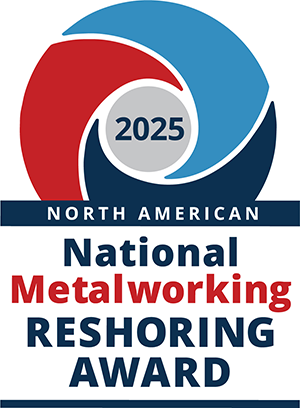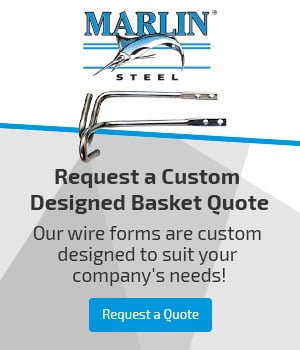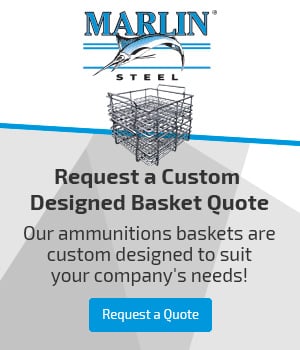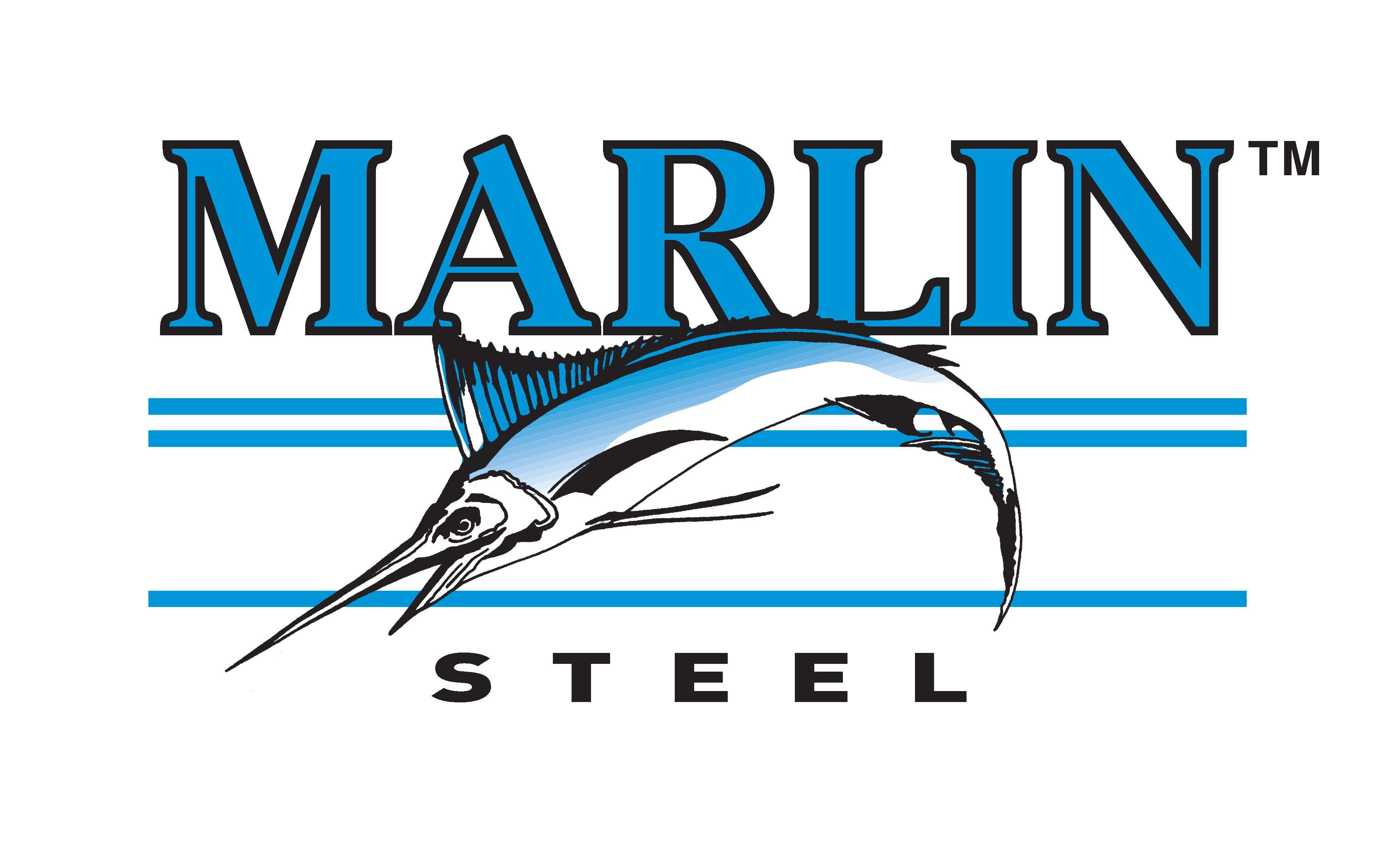 In the manufacturing industry, having an engaged workforce can mean the difference between completing jobs efficiently and failing to meet production goals. However, keeping workers engaged at work has proven to be an enormous challenge for American companies.
In the manufacturing industry, having an engaged workforce can mean the difference between completing jobs efficiently and failing to meet production goals. However, keeping workers engaged at work has proven to be an enormous challenge for American companies.
How big of a challenge is employee engagement? According a survey by Gallup conducted over 2010-2012, “only 30% of American workers were engaged, or involved in, enthusiastic about, and committed to their workplace.” That’s right, less than one in three American workers are engaged at work according to Gallup’s survey results.
So, how can American manufacturers ensure that their workers are motivated at work?
A while back, the Hitachi Foundation featured Marlin Steel’s atypical answer to this most pressing of questions: cross-training employees.
How Cross-Training Keeps Employees Engaged
One of the obstacles to employee engagement, especially in manufacturing jobs, is that doing the same thing over and over again gets tedious over time. It doesn’t matter how fun a given job is initially, because over time, what was once a “fun” task becomes routine. Once a task becomes routine, it’s not far off from becoming dull and uninteresting.
Cross-training employees helps to prevent tasks from becoming dull and tedious by allowing you to shift employees from one task to another from time to time.
For example, here at Marlin Steel, employees have a bevy of different skills that are suited to numerous production tasks and sets of automation equipment. When one production cell, such as the wire basket production cell, is slow and has fewer tasks to complete, then those workers can be reassigned to back up a busier production cell, such as the laser cutting or sheet metal production cells. This keeps specific teams from running out of tasks and makes the best use of the labor you have.
In short, no one is left without work to do, and thus wonder if they’ll have a job come next Monday, and you get to leverage the talents and skills of highly trained, productive, and engaged employees.
Why Cross-Training is better than Hiring Temps
One question that you might have is “Why not just hire temps for work tasks during crunch times?” Lots of companies do this on the assumption that hiring more cheap labor to cover crunch time needs is more cost-effective than going to the expense of having a few better-paid full time workers who can switch between tasks.
However, there are a few problems with this assumption, including:
- Onboarding Time. Temps don’t usually come into a jobsite knowing all of the idiosyncrasies of your equipment, processes, and the other employees. It takes time for a new employee to get used to these things and reach maximum productivity, time a temp employee who is only hired to help with a one or two week-long crunch doesn’t have.
- Commitment. A temp employee has no long-term investment in your company’s success. They’re just there to collect a couple of paychecks to tide them over until they land a more permanent job. However, this is a problem that can be partially remedied by offering great temp workers a full-time position if they do well.
- Workplace Safety. Employees who are new to a work environment are more likely to suffer a workplace accident. They don’t know the jobsite as well, and are less familiar with the equipment. This problem is even greater amongst temp workers. This was highlighted in a study of temp workers in Washington State by Smith CK et al, which highlighted that “Temporary agency employed workers had higher rates of injury for all injury types, and higher median time loss” when compared to long-term employees.
While the cost of temp labor is usually lower than hiring and cross training long-term employees, the lost productivity from trying to train such employees on the job, the lack of reasons for such workers to engage with their work, and the higher rate of on the job injuries among temp can end up costing you far more than you save.
How to Encourage Cross-Training amongst Employees
Once you’ve made the decision to ensure that you have the most capable, flexible workforce possible by cross-training your employees, you have to find ways to actually put that cross-training plan into motion.
There are several steps to doing this successfully:
- Identify Your Key Skills. What are the skills that your employees require in order to accomplish the various tasks associated with meeting production goals? For an example, consider the process involved in designing and building even a basic wire mesh basket. Someone has to be able to program an autoCAD file with the specifications of the basket, operate the Autodesk software to test the basket against the standard use conditions of the client, tool the wire bending and welding robots, and so on and so forth. Each of these tasks requires a different set of skills.
- Incentivize Acquisition of Key Skills. Once you have a list of the key skills that your company needs to move forward, it’s time to encourage employees to learn as many skills as possible. Here at Marlin Steel, we accomplish this by posting a skills matrix where employees can see who knows what, and what skills are in the most demand, driving competitiveness over who can have the most skills. On top of that, employees are given raises based on the skills that they have, raises which are scaled based on the difficulty of the skill(s) learned.
- Use Every Training Tool. There are a few different options for handling employee training: In-house training, outside vendors, community colleges, and graduate schools. Using each of these resources in turn can help you get the best-trained workforce possible.
For any manufacturer, even one that has invested heavily in automation, there is still a need to have driven, dedicated people working the front lines to make sure that productivity is maximized and the business remains successful. Learn more about how Marlin Steel drives employee engagement in manufacturing today!


.gif)


